Industry
In Perlora, near the town of Candás, an important project was developed at the beginning of the 1950s, promoted by the institution Educación y Descanso, which belongs to the Spanish Syndical Organization. Perlora's residential town, located in a wide coastal area, is one of the three so-called “ciudades sindicales” built in Spain, together with those of Tarragona and Marbella.
This privileged location by the sea was the reason why the place was chosen to create a unique urban and architectural complex that was one of the best examples of paternalistic leisure control policies. In 1952, the construction of the residential complex designed by Federico Somolinos Cuesta began. It was inaugurated in 1954 and served as a precedent for the construction of the city from 1956 on.
Six streets make up the communication routes of the complex, in which there are small detached houses that, due to their dimensions and aesthetic approaches, fit in perfectly with the landscape framework in which they are built. The homes have between one and three bedrooms and were designed by outstanding architects of the time, such as Julio Galán, Juan Manuel del Busto, Juan José Suárez Aller and Miguel Díaz Negrete, among others. The rooms offered both at the residential complex and at the detached houses provided a large accommodation capacity. This brought together 1,500 people at the same time, including workers and their families, who were associated with the companies that used the facilities. These were praised as "necessary", "effective" and "exemplary" in NO-DO (a state-controlled Spanish newsreels).
Perlora has large garden and sports areas, taking advantage of the conditions of the natural environment in which it is located. Its two squares, in which the streets of the enclosure converge, bring together the service buildings. The dining rooms, the management area and La Sagrada Familia church are excellent examples of modern architecture. After the end of the activity and the demolition of the residential complex, the city was suddenly left behind and the whole area became increasingly deteriorated.

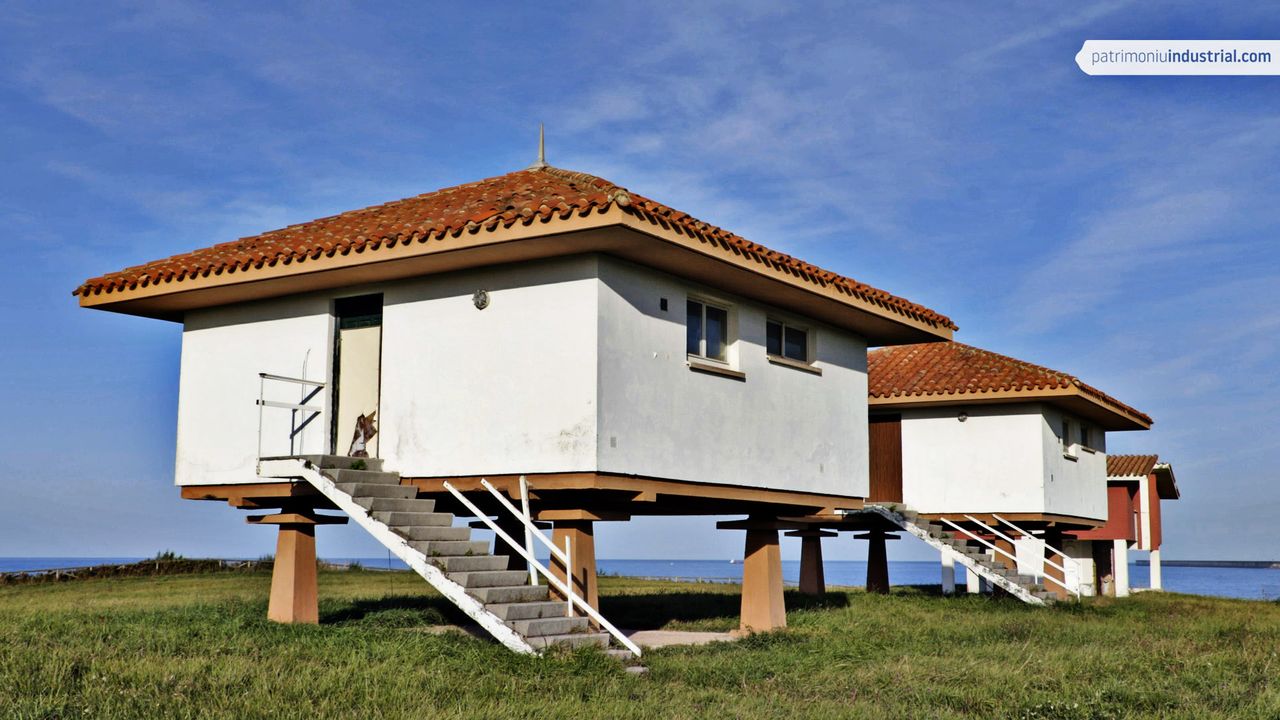
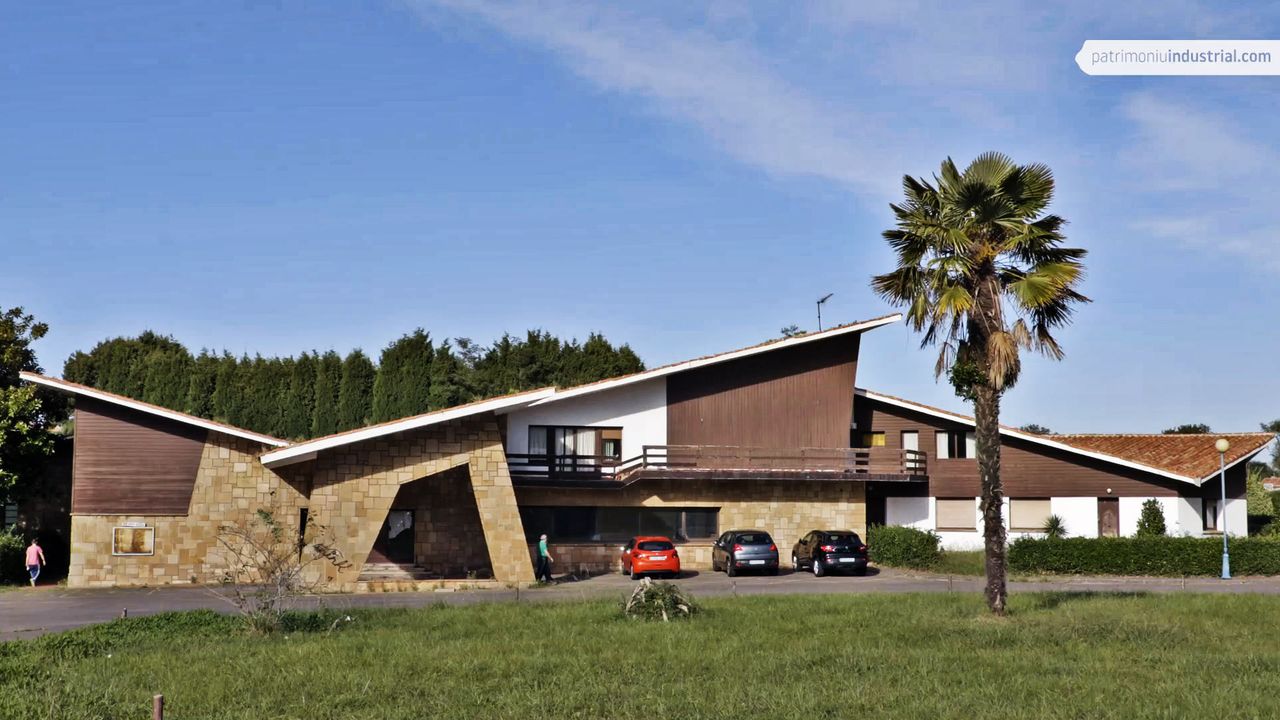
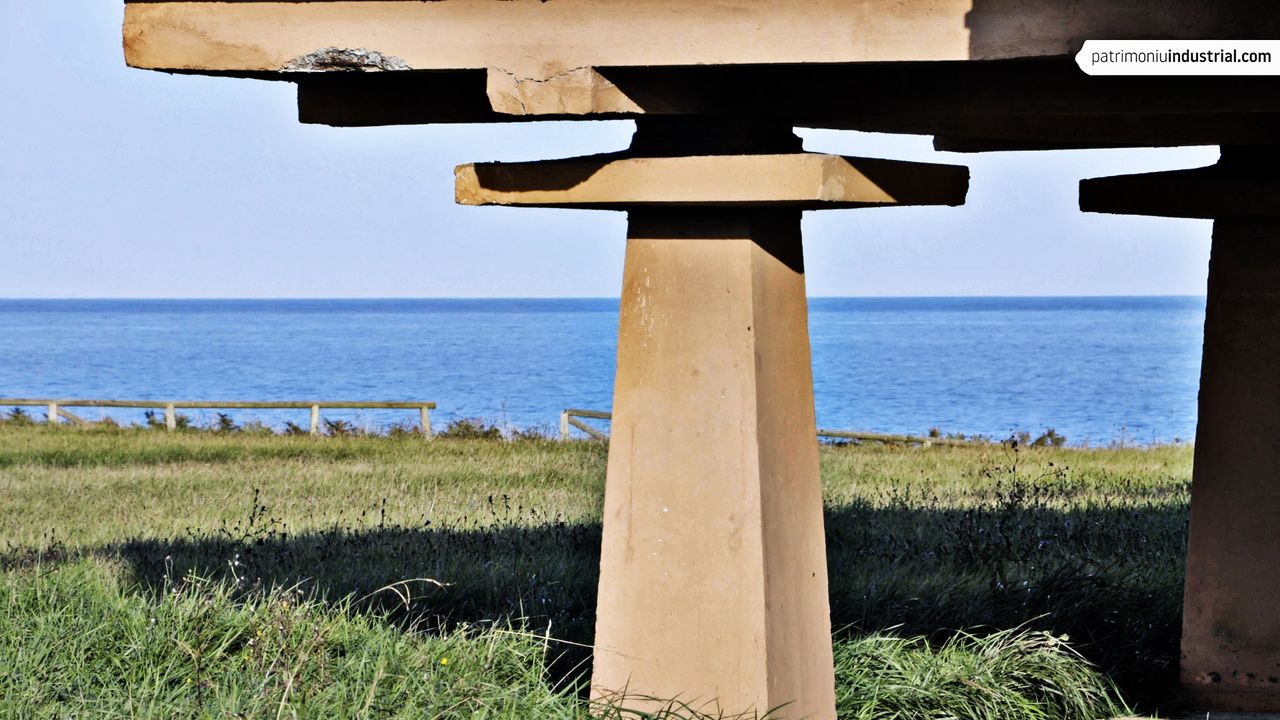
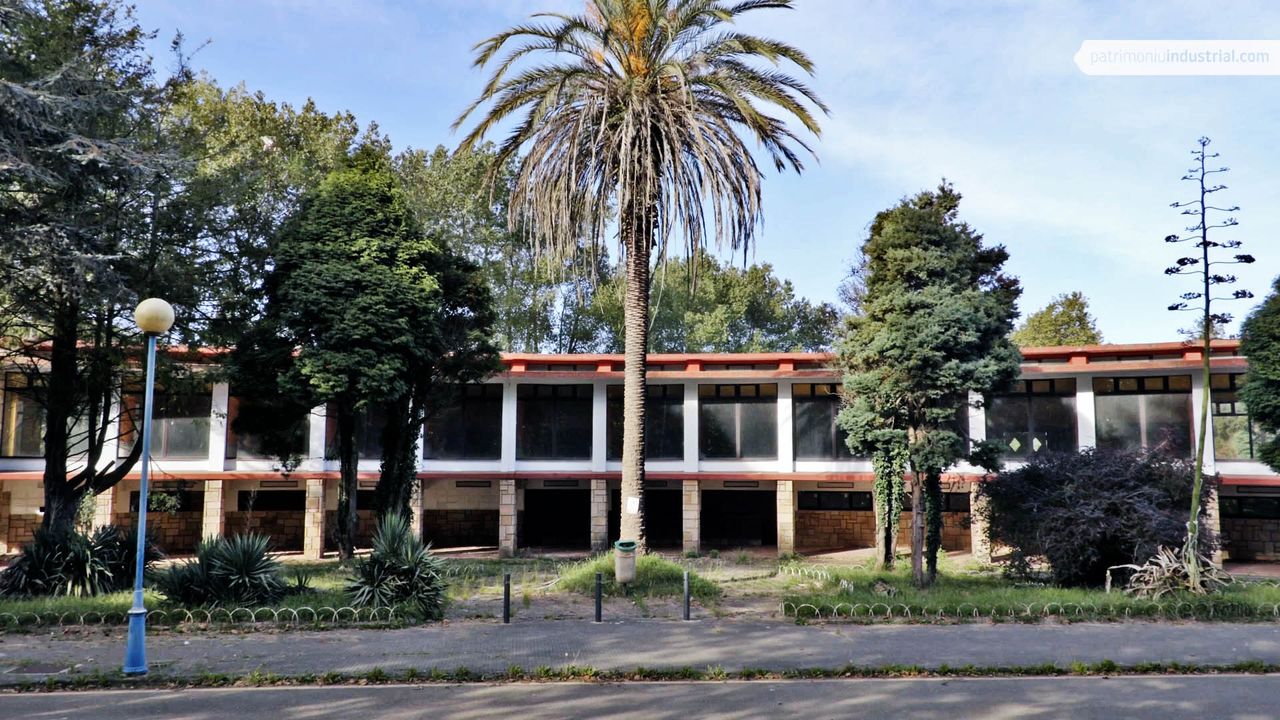

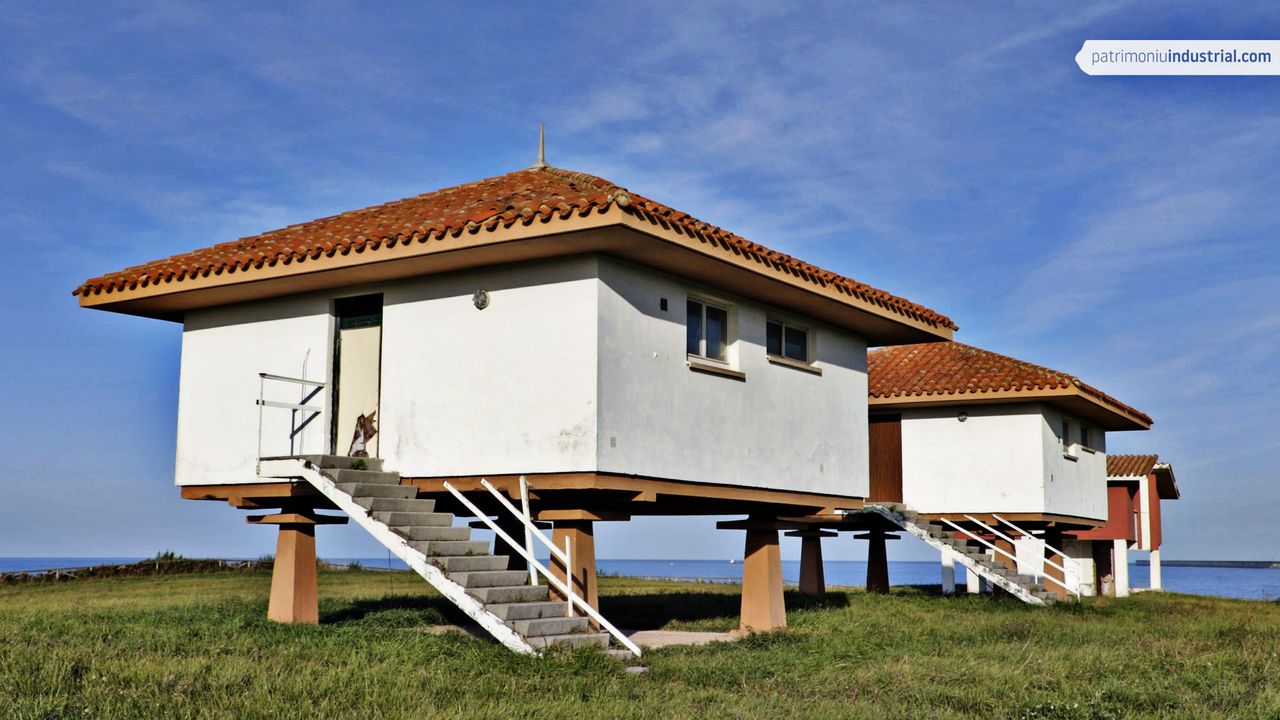
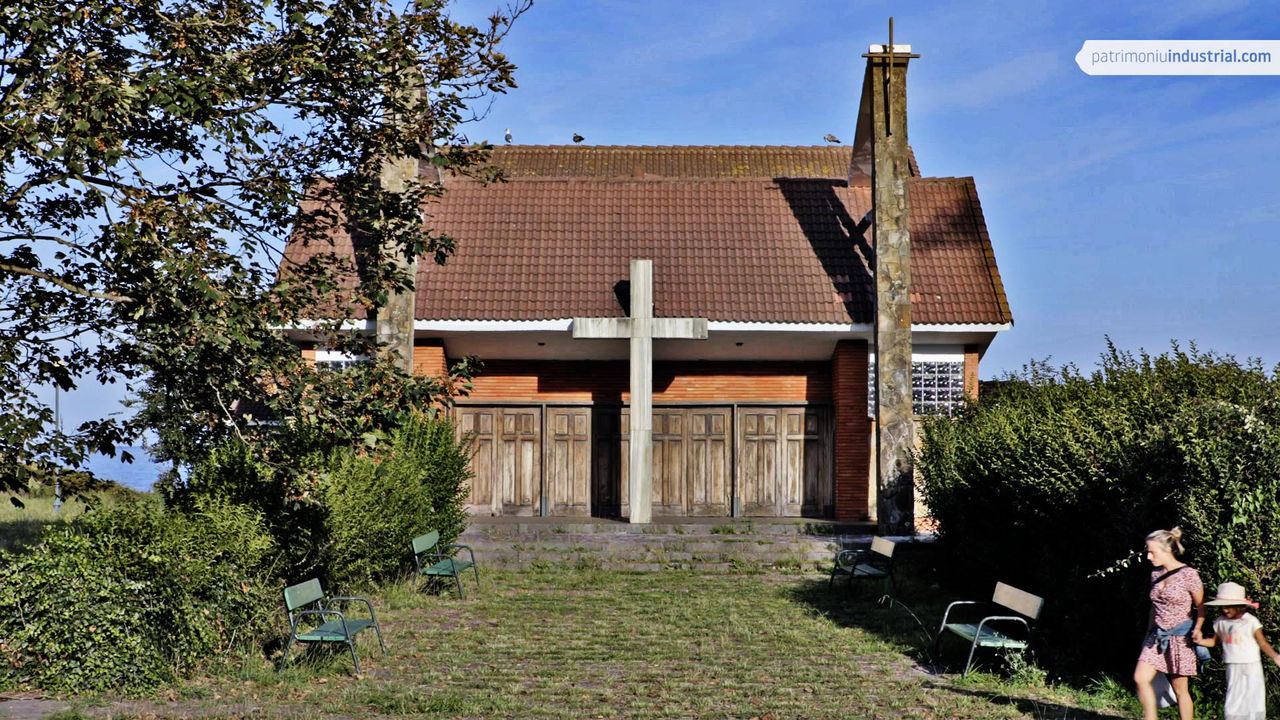
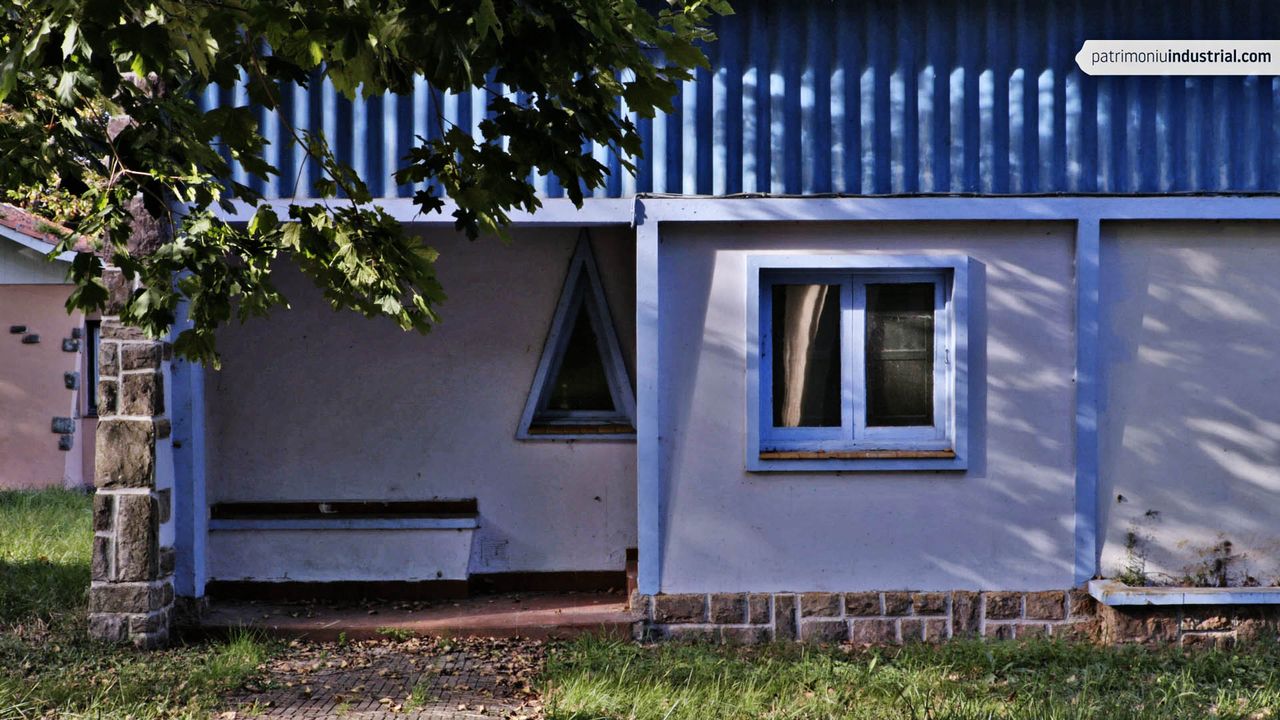
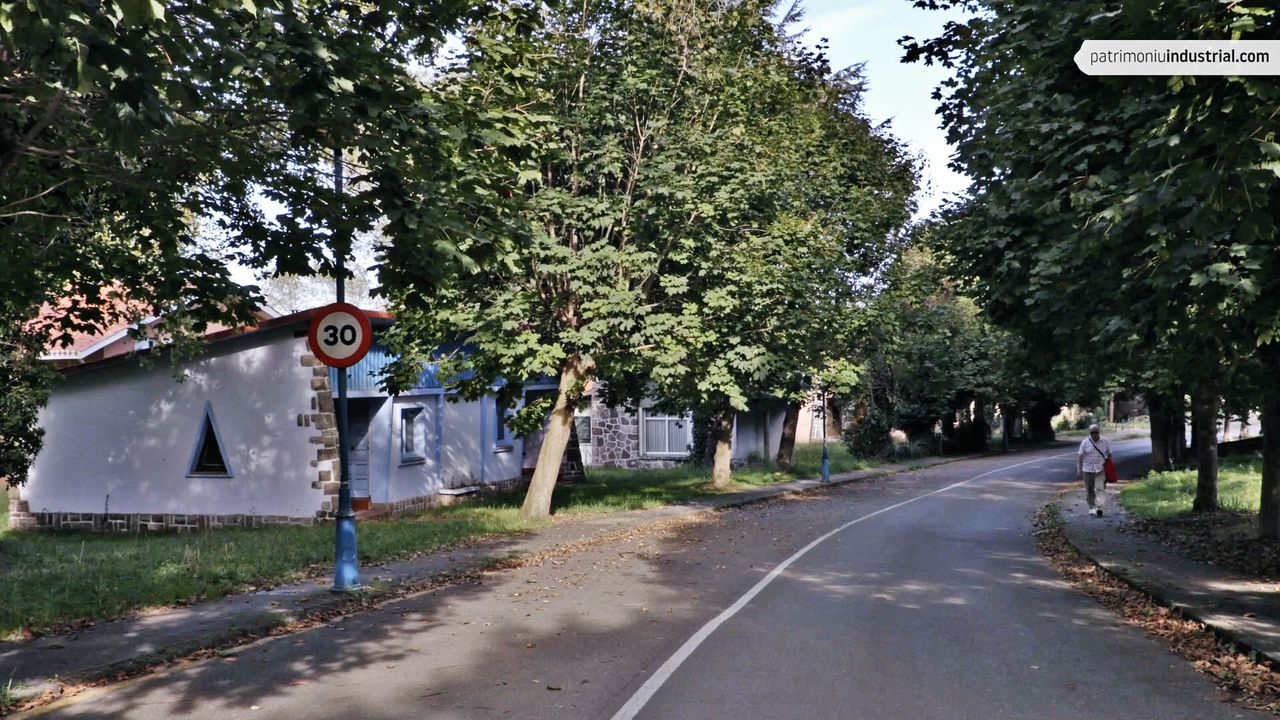

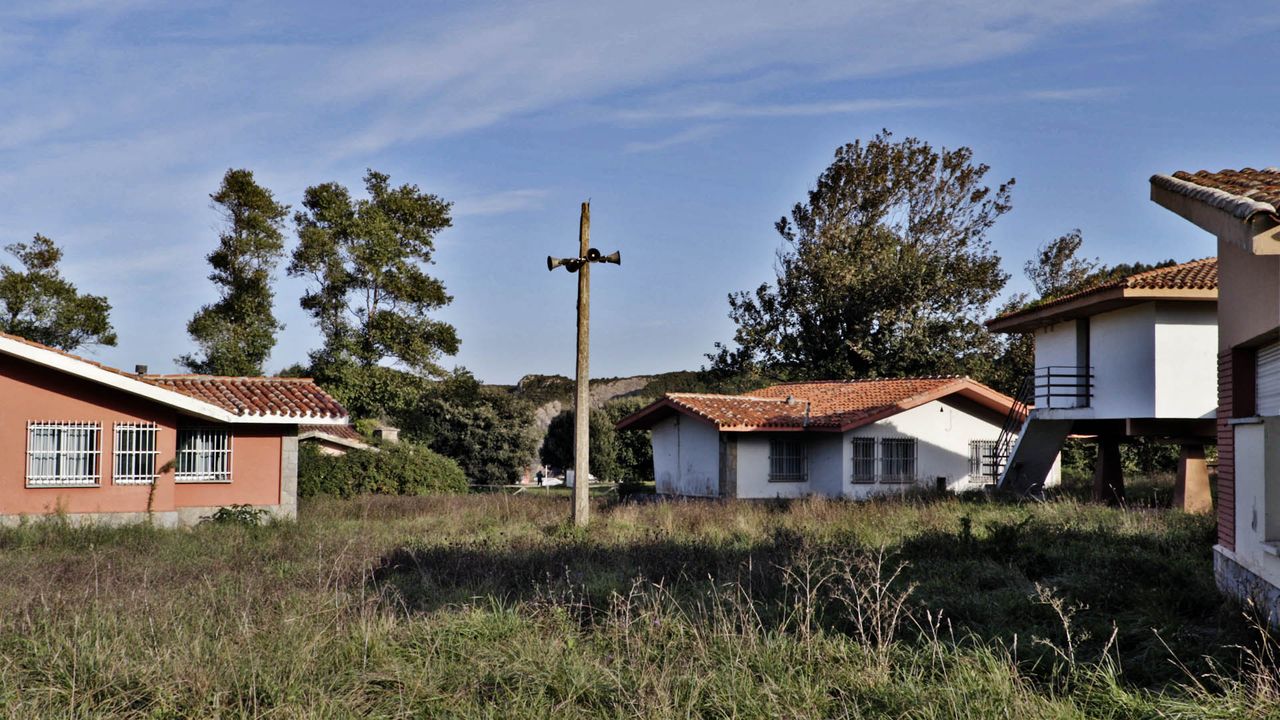
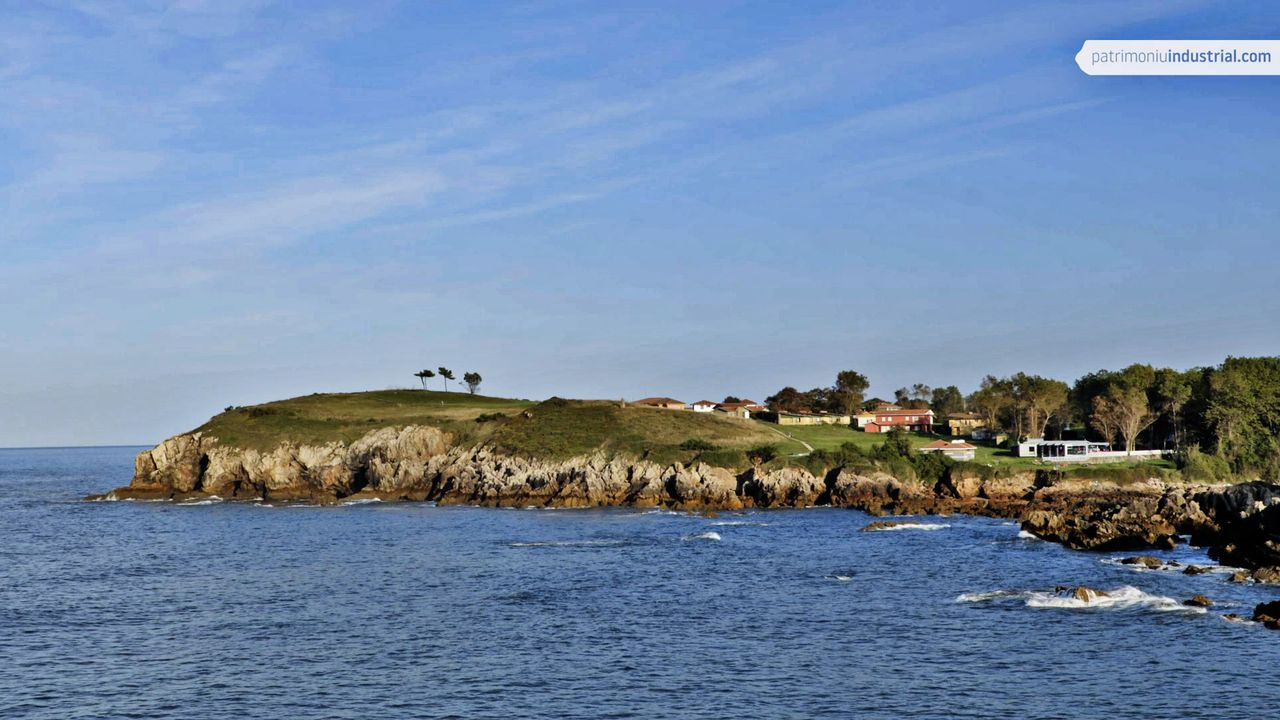
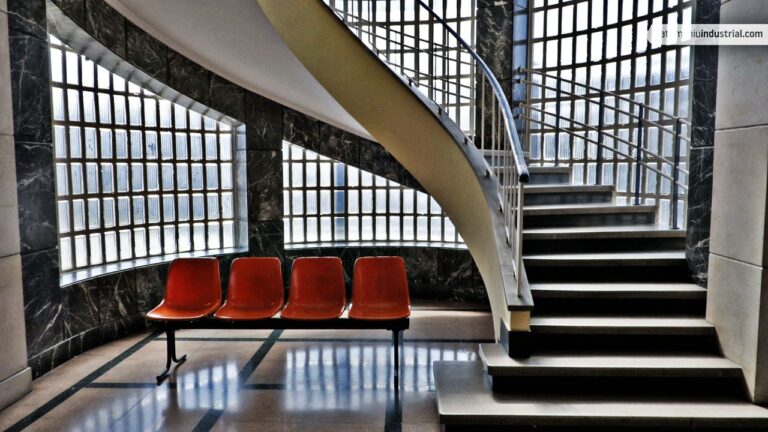

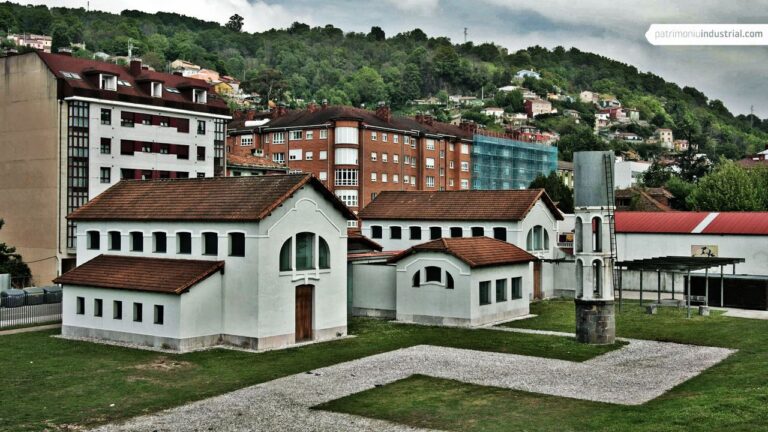

Recent Comments